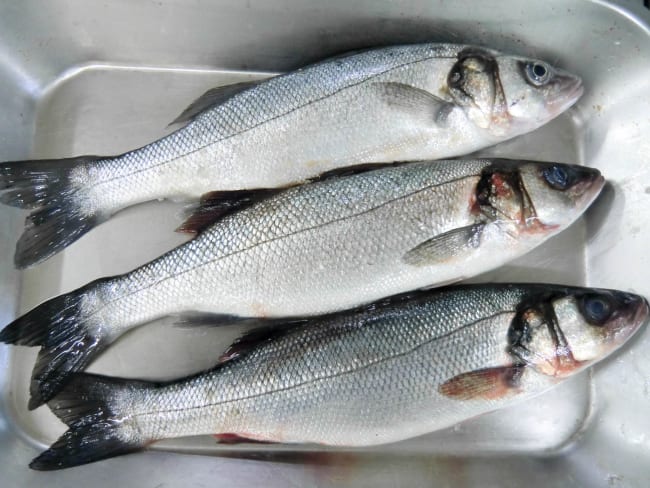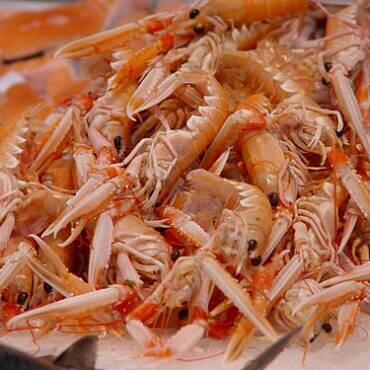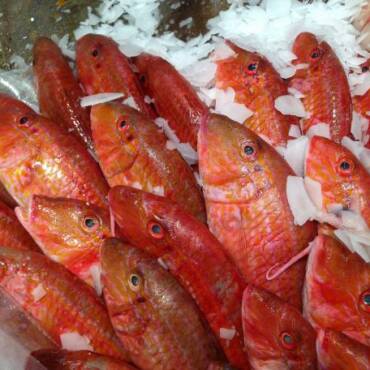The European Sea Bass: A Culinary and Ecological Treasure
The European sea bass (Dicentrarchus labrax), commonly known as bass, is one of the most prized fish in European cuisine. Found along the Atlantic coast, the Mediterranean, and the North Sea, this species is highly valued for its delicate texture, refined flavor, and versatility in cooking.
🐟 Characteristics & Habitat
The European sea bass is a sleek, silver-scaled fish that can grow up to 1 meter (3.3 feet) in length and weigh over 10 kg (22 lbs), although most commercial specimens are smaller. It thrives in coastal waters, estuaries, and even brackish lagoons, adapting to various salinity levels.
Sea bass is a predatory fish, feeding on smaller fish, crustaceans, and mollusks. Its ability to live in different marine environments makes it a resilient and widespread species, though overfishing has led to stricter regulations in recent years.
🍽 A Culinary Delight
Sea bass is highly sought after by chefs and seafood lovers due to its firm, white flesh, mild flavor, and ability to absorb different seasonings. It can be prepared in numerous ways:
-
Grilled → Enhances its natural taste with a crispy skin.
-
Baked in salt crust → Preserves moisture and enhances flavor.
-
Pan-seared → Creates a golden, crispy skin while keeping the inside tender.
-
Steamed or poached → A healthy option that retains its delicate texture.
The fish pairs exceptionally well with Mediterranean ingredients like lemon, olive oil, fresh herbs, and white wine.
🌱 Wild vs. Farmed Sea Bass
Due to high demand, aquaculture has become the primary source of sea bass. Countries like France, Greece, Spain, and Turkey are leading producers of farmed bass, ensuring a steady supply while protecting wild populations.
-
Wild sea bass → More expensive, often with a firmer texture and richer taste.
-
Farmed sea bass → More accessible, with a consistent flavor and availability year-round.
Sustainability efforts, such as responsible fishing quotas and eco-friendly aquaculture practices, help maintain sea bass populations and protect marine ecosystems.
⚖️ Conservation & Regulations
Overfishing has led to stricter controls on sea bass fishing, including:
✅ Minimum catch size requirements
✅ Seasonal fishing bans to protect spawning periods
✅ Fishing quotas for commercial and recreational anglers
Consumers are encouraged to choose responsibly sourced sea bass, whether wild-caught under sustainable practices or certified farmed fish.
🌍 A Symbol of Coastal Gastronomy
From French "bar" to Italian "branzino" and Greek "lavraki", the European sea bass is a staple in many seafood-rich cultures. Its exceptional taste, combined with increasing sustainability efforts, ensures that this fish remains a favorite on dinner tables worldwide.




Add Comment